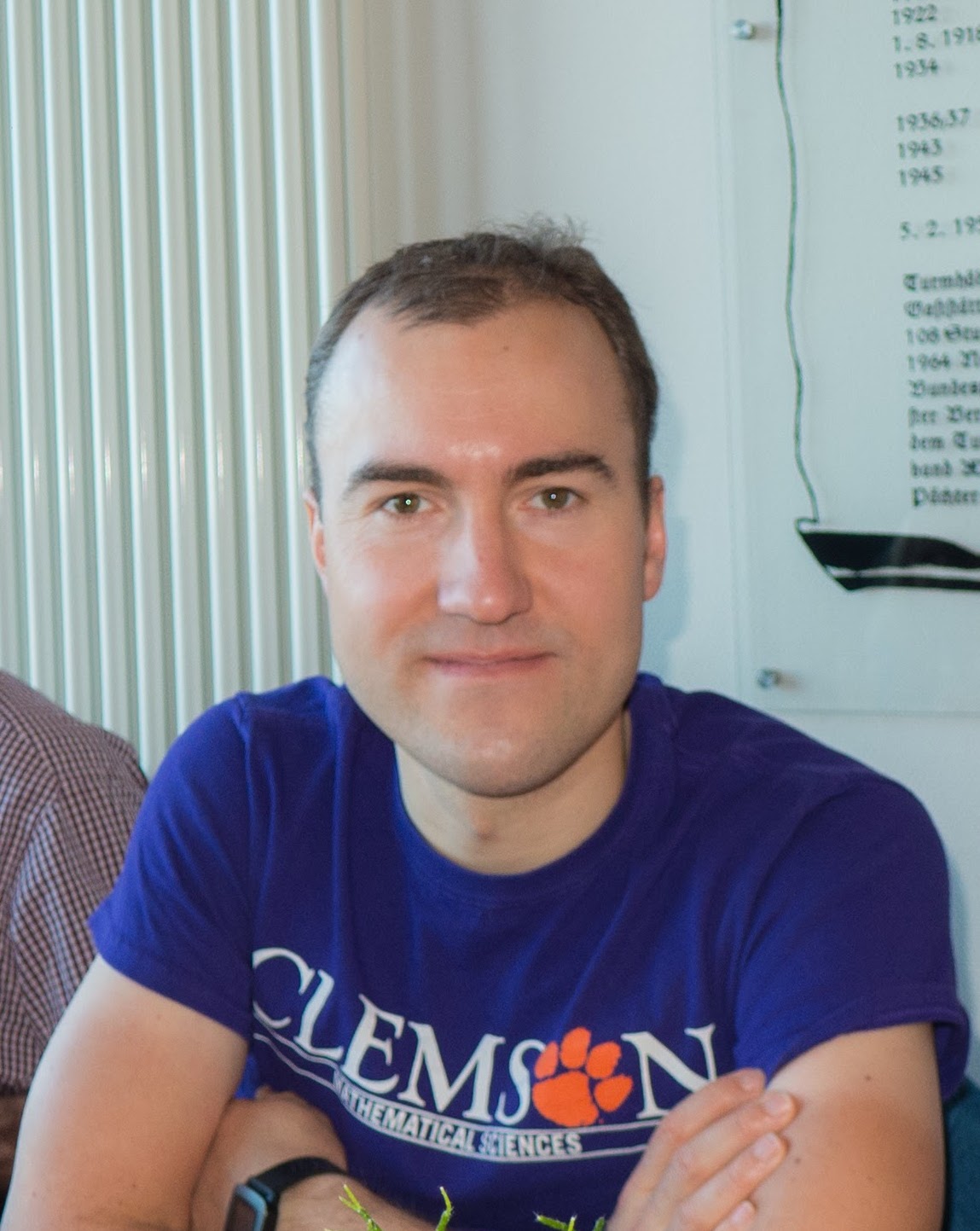Events on January 29, 2018

Timo Heister, Clemson University Presents:
Adaptive and Scalable Solvers for Finite Element Problems
January 29, 2018 at 10:00am for 1hr
Evans Conference Room, WEB 3780
Warnock Engineering Building, 3rd floor.
Timo Heister is an Assistant Professor in Mathematical Sciences at Clemson
University since 2013. He is a computational scientist and numerical analyst
and his work focuses on the numerical solution of partial differential
equations using the finite element method. His work lies in the intersection
between numerical method analysis and development, numerical software
development, and high-performance computing. Timo is probably best known for
his work on the open source finite element library deal.II, which is the
foundation for research in a variety of research areas. Specific applications
include incompressible flow discretization and solvers, multigrid methods,
adaptive mesh refinement, and large scale parallel computations.
Abstract:
I am presenting my take as a computational scientist and finite element
library developer to efficiently solve problems in fluid and solid mechanics
with the finite element method. The focus is on the interplay between
discretization approaches and efficient, parallel linear solvers for diverse
problems, while keeping a flexible approach based on a generic finite element
library.
Specifically, physically motivated new discretizations for incompressible flow
are discussed. To solve linear systems with 100+ million degrees of freedom in
parallel with adaptively refined meshes is only attainable by multigrid
methods, which are challenging to load balance. We discuss a new strategy for
this and show numerical results based on the open source finite element library
deal.II.
Posted by: Kris Campbell




